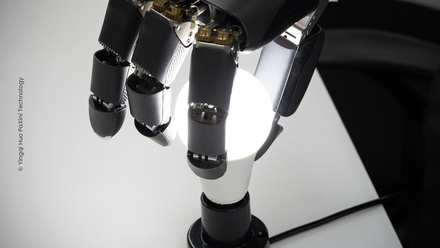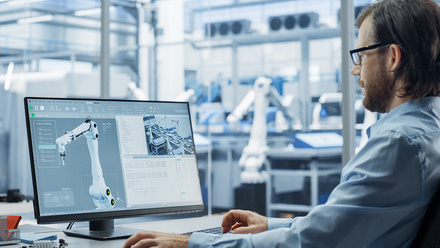A better metaverse
The metaverse hit headlines around the world this month with the launch of Apple’s Vision Pro headset. The $3,500 virtual and augmented reality device has been described by the company as its “first spatial computer”. But as the way we interact with technology changes, how can human factors improve our experience in the virtual world?
In the latest issue of The Ergonomist, Payam Khanlari and Hanieh Abdi, postgraduate students at the Tehran University of Medical Sciences in Iran, look at where human factors research could make a different to the development of the metaverse. They identify a list of areas for focus, covering physical, cognitive and organisational ergonomics and including the musculoskeletal effects of using VR equipment as well as potential impacts on stress and mood and changes to how we work.
They added: “Although research has been conducted on perceived discomfort, fatigue and physical burden when using metaverse equipment, it has mostly been short-term and carried out in the laboratory. Limited and insufficient research has been done on the cognitive aspects of people while using VR headsets. Future research needs to consider people’s interaction with metaverse environments and platforms with a holistic approach.”
The magazine also features the view of Benjamin van Damme, Vice President GCC Region of Next World Enterprises, a company which offers VR training and immersive workplace learning. He highlighted the benefits the technology can bring by increasing learner engagement and allowing people to safely train for dangerous situations.
Benjamin said: “If you’re in the VR environment, you’re seeing the forklift truck in the room or watching a colleague standing on a wobbly chair, and you feel the emotional connection
with the topic and the situation. VR training feels so real that it can create a long-term behavioural change in the learner.”
Read the full articles in the latest issue of The Ergonomist, out now.






